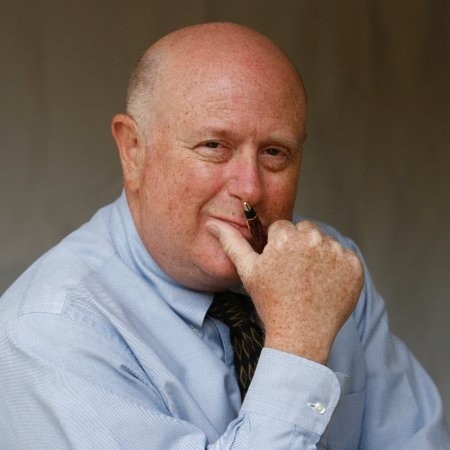
Pacific Gas and Electric is one of our nation’s largest electric utilities. It recently proposed retiring its nuclear power plant that began commercial operations in 1985. PG&E’s says the plant “no longer fits the needed generation profile of the changing energy landscape.”
What is this new energy landscape? It is clean tech. The PG&E plan defines the technologies changing the energy landscape as a combination of renewable energy, energy efficiency, battery storage and grid changes.
How clean tech will redefine buildings and the grid
Zero net energy (ZNE) buildings embody the 21st-century clean tech future. ZNE buildings use a combination of solar, batteries, LED lighting systems, artificial intelligence (AI) and the Internet of Things (IoT) to lower monthly electric bills, reduce emissions and increase service reliability.Clean tech is also reshaping the electricity grid. The 20th-century grid is based on power flowing to customers. Payments flow from customers to utilities. Emissions are not metered and their climate changing costs are not collected. Utilities principally rely on fossil fueled power plants, rather than storage, to insure supplies. Customer reliability is measured by seconds, minutes and even days of service interruptions.
The 21st-century grid has the potential to be a lower-cost, lower-emissions and higher-reliability solution. It will be anchored by battery storage owned by both utilities and customers. Service reliability will be measured in nanoseconds. AI and IoT can make the grid a smart marketplace where ZNE buildings (and emissions) arbitrage between buying utility electricity, self-generation, deployment of building energy efficiency and purchases from third parties including solar farms or other ZNE building.
Four drivers propelling clean tech’s commercial growth
There are four clean tech mega trends propelling utilities and customers toward this smart grid as a market place business model. They are:
- Manufacturing economies of scale. Clean tech prices are falling due to manufacturing economies of scale. This is a global phenomenon. Solar and batteries will continue to achieve lower prices as China, Japan, Europe and California increasingly shift toward these technologies. Clean tech technologies like AI and IoT will gain global manufacturing economies of scale from other industries like automobiles and robotics.
- Innovation. Clean tech is gaining cost reductions through innovation. Again this is a global phenomenon. Clean tech costs will continue to fall from global competition for innovation in AI, IoT, batteries and renewable energy.
- Clean tech is easier to build. Clean tech electricity solutions do not require billions of dollars and a decade of plant construction like nuclear power plants or “21st century” coal power plants. For example, a roof top solar system can be installed in two days. Add a week or two if it is installed with a smart IoT load control system, a battery system and LED lighting.
- Clean tech is customer centric. The current utility business model is based on mass production. Clean tech’s business model is based on mass customization. It enables a building’s least cost goals through a customized mix of LED lighting, AI, IoT, batteries and solar. A clean tech grid will also enable ZNE building to customize, in real time, the building’s operations to optimize for occupant experience, cost and environmental benefits.
The transition to clean electricity
It looks to be a bumpy road toward a clean tech electricity future. PG&E plans to retire base-load power because it no longer fits into a changing energy landscape. And that's a major precedent. But this step forward is matched with many more steps backward as utilities pursue use of demand charges to blunt customer purchases of solar.
Additionally, too many utilities continue to invest in fossil fueled power plants that add to their rate base (and profits) even as the life of plant economics for these based loaded power plants are being challenged by clean tech’s continued path along a declining cost curve.
The upcoming election may deliver another step toward a clean tech electricity future. To date, millennials have yet to show up in significant numbers to vote. This is the generation most aligned with clean tech as part of their technology vision that includes autonomous cars, smart devices and a sustainable food supply. What if 50 million millennials did vote in this upcoming election and they voted for candidates that aligned with their expectations? Will history record their vote as the critical step that enabled a clean tech electricity future?
Image credit: Pexels

Bill Roth is a cleantech business pioneer having led teams that developed the first hydrogen fueled Prius and a utility scale, non-thermal solar power plant. Using his CEO and senior officer experiences, Roth has coached hundreds of CEOs and business owners on how to develop and implement projects that win customers and cut costs while reducing environmental impacts. As a professional economist, Roth has written numerous books including his best selling The Secret Green Sauce (available on Amazon) that profiles proven sustainable best practices in pricing, marketing and operations. His most recent book, The Boomer Generation Diet (available on Amazon) profiles his humorous personal story on how he used sustainable best practices to lose 40 pounds and still enjoy Happy Hour!














